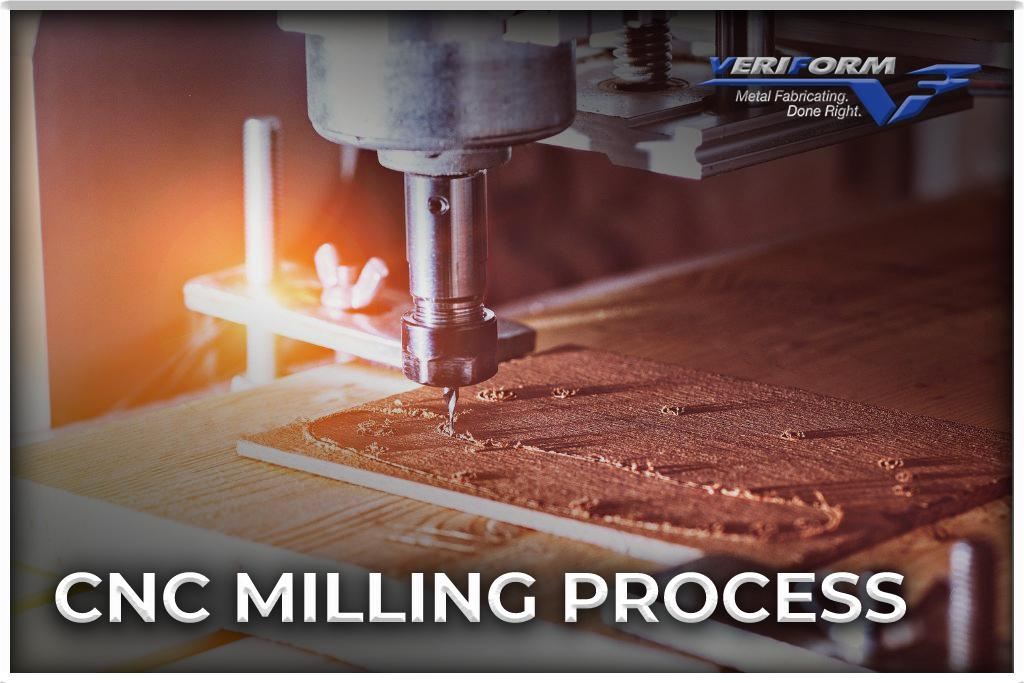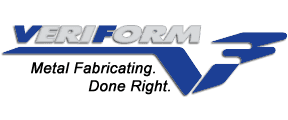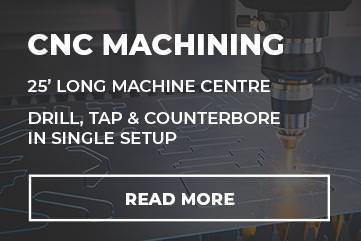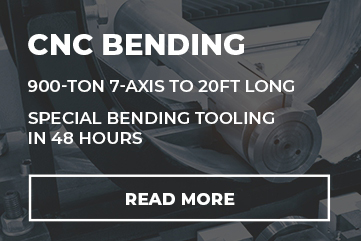News
Lain Milling: A Comprehensive Guide to CNC Milling Process

What is Lain Milling?
Lain milling, also known as CNC milling, is a machining process that employs computer numerical control (CNC) to create intricate shapes and parts from a block of material. This process utilizes computerized controls and rotating multi-point cutting tools to progressively remove material from a workpiece, achieving high precision and complexity in a variety of industries.
Learn more about CNC machining and its capabilities here.
How Lain Milling Works
The milling process starts with a digital design created using Computer-Aided Design (CAD) software. This design is then converted into a series of G-code instructions that the CNC milling machine reads and executes. The machine’s cutting tools follow the G-code instructions to remove material from the workpiece along three or more axes, creating the desired shape.
Components of a Lain Milling Machine
Cutting Tools
Different types of milling machining require various cutting tools, depending on the desired shape and material. Some common types include face milling, angular milling, and form milling tools. These tools have distinct geometries to suit specific milling operations and materials.
Workpiece
The workpiece is the block of material being machined in the milling process. It is typically clamped to the machine’s worktable or held in a fixture. Workpieces can be made from various materials such as metals, plastics, and composites.
CNC Control System
The CNC control system consists of hardware and software that interpret and execute G-code instructions. It controls the machine’s movement along the axes and manages various functions such as spindle speed, tool changes, and coolant application.
Types of CNC Milling Machines
Vertical Milling Machines
Vertical milling machines have a vertically oriented spindle, allowing the cutting tools to approach the workpiece from above. These machines are suitable for a wide range of CNC milling operations and are typically more compact than horizontal milling machines.
Horizontal Milling Machines
Horizontal milling machines have a horizontally oriented spindle, allowing the cutting tools to approach the workpiece from the side. These machines are well-suited for heavy-duty milling operations and can use additional attachments for more versatility, such as gang milling.
5-Axis CNC Milling Machines
5-axis CNC milling machines offer greater flexibility by allowing the cutting tools to move along five axes. This enables the machining of complex shapes and parts with fewer setups, reducing production time and increasing accuracy.
Discover the progress of CNC machining and why you need it in your workspace.
CNC Milling Operations
Drilling
Drilling is the process of creating holes in a workpiece using a rotating cutting tool called a drill bit. CNC milling machines can perform drilling operations with high precision and repeatability.
Boring
Boring is the process of enlarging an existing hole in a workpiece using a single-point cutting tool called a boring bar. CNC milling machines can perform boring operations to achieve tight tolerances and accurate hole diameters.
Tapping
Tapping is the process of cutting internal threads into a hole using a specialized cutting tool called a tap. CNC milling machines can perform tapping operations with precise control, ensuring that the threads are accurately formed.
Contouring
Contouring is the process of machining the outer surface of a workpiece to create a specific shape or profile. CNC milling machines can perform contouring operations by moving the cutting tool along a predefined path, resulting in smooth and
accurate profiles.
Learn more about CNC lathe machines here.
Advantages and Disadvantages of Lain Milling
Lain milling offers numerous advantages, such as:
- High precision and accuracy
- Increased production speed
- Reduced human error
- Greater design flexibility
- Consistent quality
- Reduced setup time
However, there are also some disadvantages, including:
- High initial cost for machines and software
- Skilled operators and programmers required
- Limited to materials that can be machined
- Maintenance and repair costs
Applications of Lain Milling
Lain milling is used in a wide range of industries and applications, including:
- Aerospace and defense
- Automotive
- Medical devices
- Electronics
- Die and mold making
- Prototyping and product development
Explore the technology available for metal fabrication here.
Conclusion
Lain milling, or CNC milling, is an essential manufacturing process that offers numerous benefits, such as high precision, increased production speed, and reduced human error. Its applications span various industries, making it a versatile and valuable process. By understanding the different types of CNC milling machines, components, and operations, manufacturers can make informed decisions and optimize their production processes.
Discover the amazing capabilities of a 25 ft CNC machine here.
FAQs
Q1: What materials can be machined using Lain milling?
A1: Lain milling can machine various materials, including metals (aluminum, steel, brass, copper), plastics (ABS, POM, nylon), and composites. However, the machinability depends on the material’s properties and the cutting tools used.
Q2: Can Lain milling machines create complex shapes and parts?
A2: Yes, Lain milling machines can create complex shapes and parts by moving the cutting tools along multiple axes. 5-axis CNC milling machines offer even greater flexibility and can machine intricate geometries with fewer setups.
Q3: How do I choose the right cutting tools for my Lain milling operation?
A3: The choice of cutting tools depends on the material being machined, the desired shape, and the specific milling operation. Consulting with cutting tool manufacturers or experienced CNC machinists can help you select the right tools for your application.
Q4: What is the difference between Lain milling and CNC turning?
A4: Lain milling is a machining process that uses rotating cutting tools to remove material from a workpiece, while CNC turning is a process that rotates the workpiece and uses a stationary cutting tool to remove material. Both processes are controlled by computer numerical controls and are used to create precision parts.
Q5: What factors affect the quality of Lain milling operations?
A5: Factors that affect the quality of Lain milling operations include machine rigidity, cutting tool selection, workpiece material, cutting parameters (feed rate, spindle speed, depth of cut), and coolant application.








